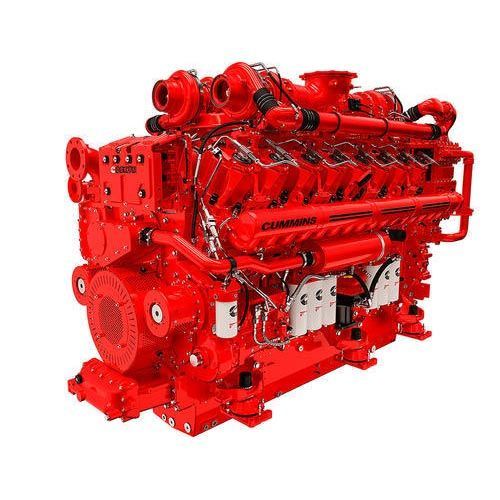Automobile engines are complicated mechanisms that are made up of several internal parts that work like clockwork to produce that power that moves your vehicle. In order for the engine to operate properly it needs all of its parts to be in good condition. One fault can be disastrous! Let's take a look at the main parts of the engine.

Engine block
The block is the main part of the engine. All other parts of the motor are essentially bolted to it. Inside the block is where the magic happens, such as combustion.
Pistons
Pistons pump up and down as the spark plugs fire and the pistons compress the air/fuel mix. This reciprocating energy is converted to rotary motion and transferred to the tires by the transmission, via the driveshaft, to make them spin.
Cylinder head
The cylinder head is attached to the top of the block in order to seal the area to prevent the loss of gases. The spark plugs, valves and other parts are fitted to it.
Crankshaft
Located near the bottom of the engine block, this is the part that converts energy from reciprocating to rotary.
Camshaft
The camshaft opens and closes the valves in perfect timing with the rest of the parts.
Valves
The valves regulate the flow of air, fuel and exhaust fumes inside the cylinder head. There are both intake valves and exhaust valves.
Oil pan
The oil pan, also known as the oil sump, is attached to the bottom of the engine and stores all the oil used in the lubrication of the engine.
